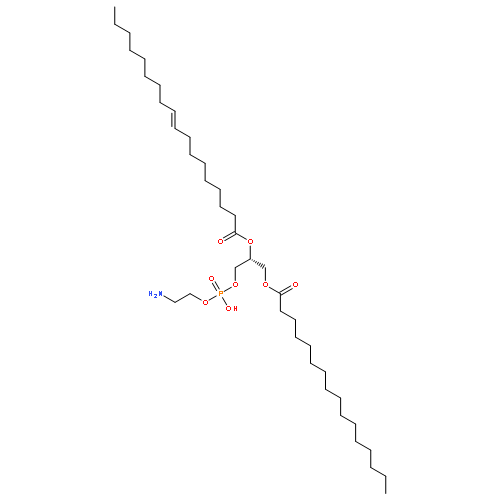Co-reporter: Stella Rojas-Betancourt, John R. Stutzman, Frank A. Londry, Stephen J. Blanksby, and Scott A. McLuckey
pp: 11255
Publication Date(Web):October 18, 2015
DOI: 10.1021/acs.analchem.5b02243
The [M + H]+ cations formed upon electrospray ionization of the glycerophospholipids phosphatidylcholine (PC) and phosphatidylethanolamine (PE) show distinct reactivities upon gas-phase reactions with doubly deprotonated 1,4-phenylenedipropionic acid (PDPA). PC cations undergo charge inversion via adduct formation with subsequent methyl cation and proton transfer to the acid to yield [PC – CH3]− anions. These demethylated PC anions fragment upon ion trap collision-induced dissociation (CID) to yield products that reveal fatty acid chain lengths and degrees of unsaturation. PE cations, on the other hand, undergo charge inversion via double proton transfer to the two carboxylate moieties in doubly deprotonated PDPA to yield [PE – H]− anions. These anions also fragment upon ion trap CID to yield product ions indicative of chain lengths and degrees of unsaturation in the fatty acyl moieties. Advantage is taken of this distinct reactivity to separate isomeric and isobaric PC and PE cations present in mass spectra of lipid mixtures. A cation precursor ion population containing a mixture of PE and PC cations is mass-selected and subjected to ion/ion charge inversion reactions that result in separation of PC and PE anions into different mass-to-charge ratios. Mass selection and subsequent ion trap CID of the lipid anions allows for the characterization of the isomeric lipids within each subclass. The charge inversion approach described here is demonstrated to provide increased signal-to-noise ratios for detection of PCs and PEs relative to the standard negative ionization approach as well as improved mixture analysis performance.
